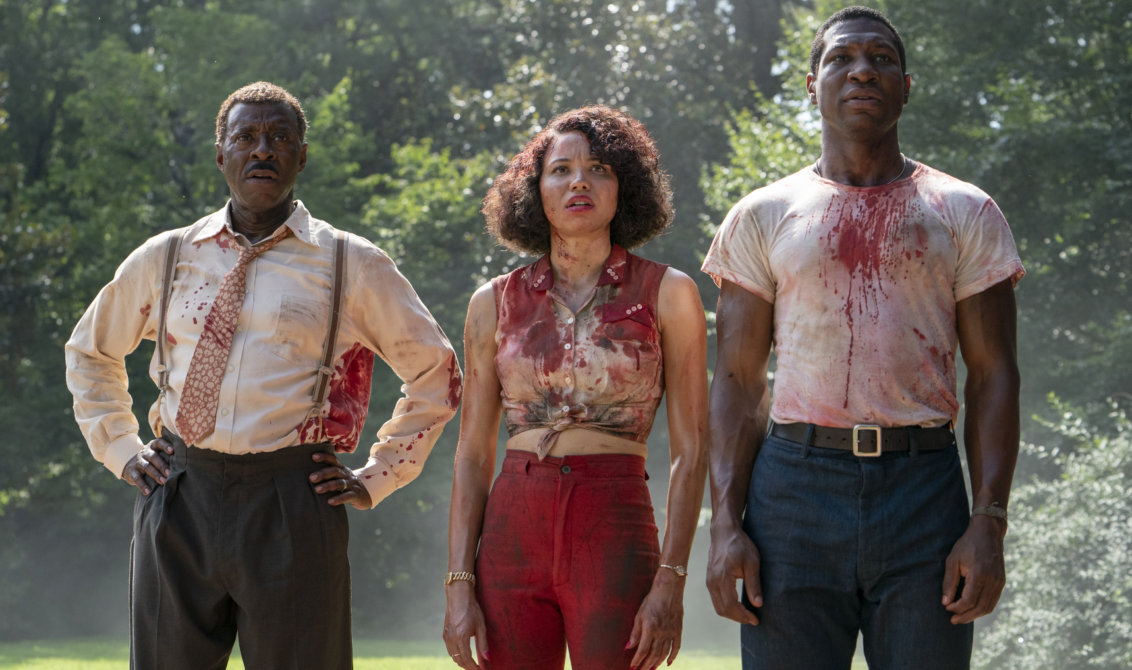 By Jamel Smith
By Jamel Smith
October 27, 2020
“Magic is ours now.” A statement of reclamation. A revelation of what was lost is now found. An espousal of hope onto the present– and future– of Black existence in an anti-Black world. These were Leti’s (Jurnee Smolett) concluding words from the final episode of Lovecraft Country, which wrapped in ultimate fashion on HBO.
For ten weeks, people gathered around their small screens to be immersed into Lovecraft Country’s big world of Ardham (and the equally epic reimagination of its U.S. based multiverse: Chicago, Kentucky, and Tulsa) to embark on a “once-in-a-lifetime” quest for reclamation of history, of futures, and of self. But such a journey did not come without a cost. Every episode bore with it disturbing images that haunted good sleep, traumatic racial histories that agitated wounds, and the stereotypical ghosts, shoggoths, and kumihos.
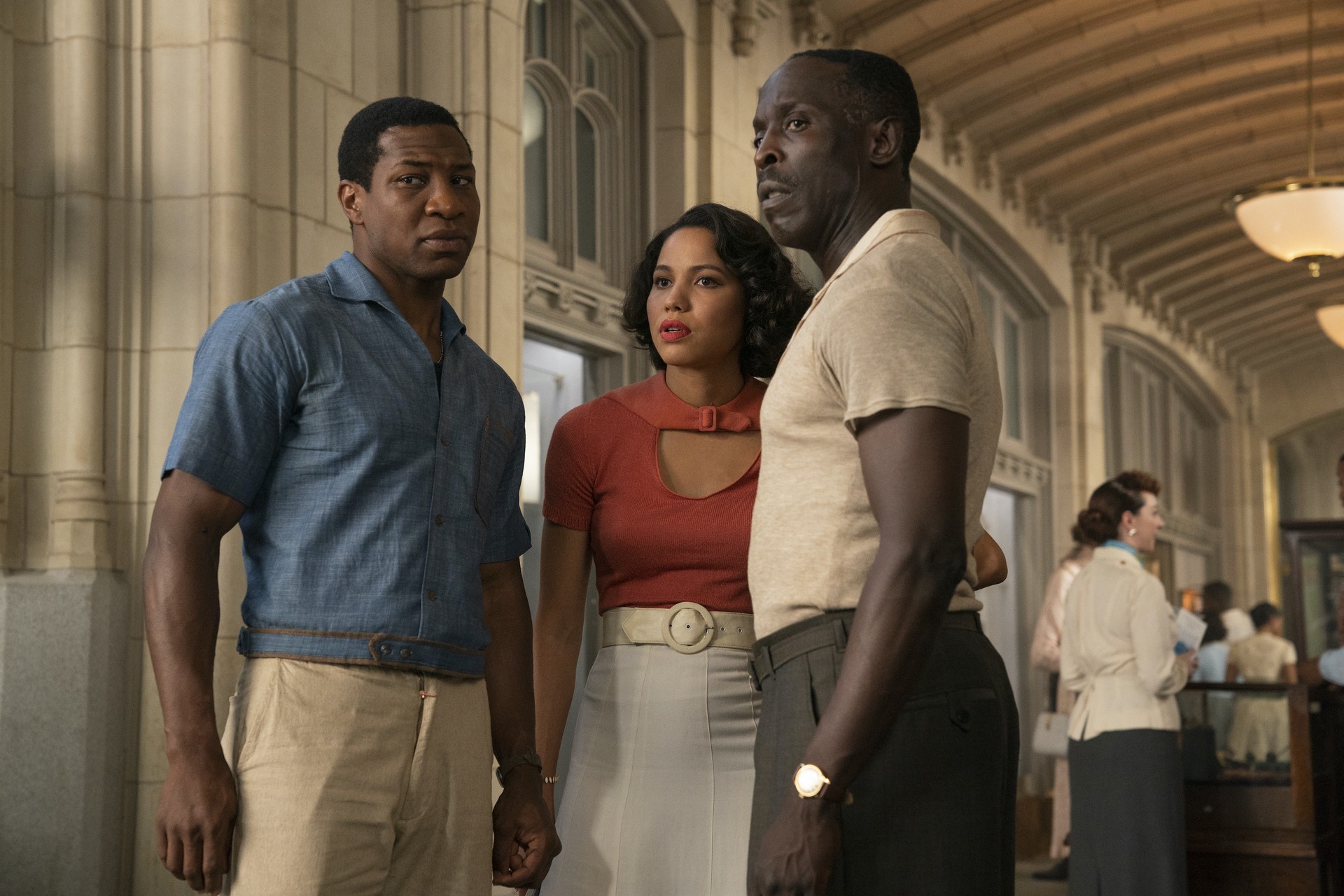
What an elevator pitch, right? That has been the ongoing joke around explaining Lovecraft Country to foreigners: no one has been able to do it justice. Questlove called it an “instant American horror, African futuristic classic.” My personal attempts were met with faces of confusion and occasional disgust. (Try explaining Ruby’s focus episode.) The HBO darling simply refused to yield to one genre. It was equal parts drama, fantasy, sci-fi, romance, and horror– with an emphasis on the last of these. Horror. Over ten episodes, Lovecraft reimagined the genre in a way that was truly visceral and hauntingly resonant. But what else was to be expected with Jordan Peele attached? The Get Out and Us director and horror revisionist served as the most recognizable name on the show’s production team.
Although most recognizable, Peele’s involvement did not overshadow that of the series showrunner, writer, and director: Misha Green. Green’s short yet impactful run in television began with her 2016 showrunner debut, Underground— the abruptly cancelled period drama about the Underground Railroad. The spirit of Lovecraft Country begins merely with her presence. In an industry where women– let alone, Black women– are pigeon-holed to delicate work, Green’s bold and brave vision and execution is now representative of Black femme voices in a genre historically engineered by and for white men. Indeed, that is the function of representation: to reclaim and reimagine faces, places, and things.
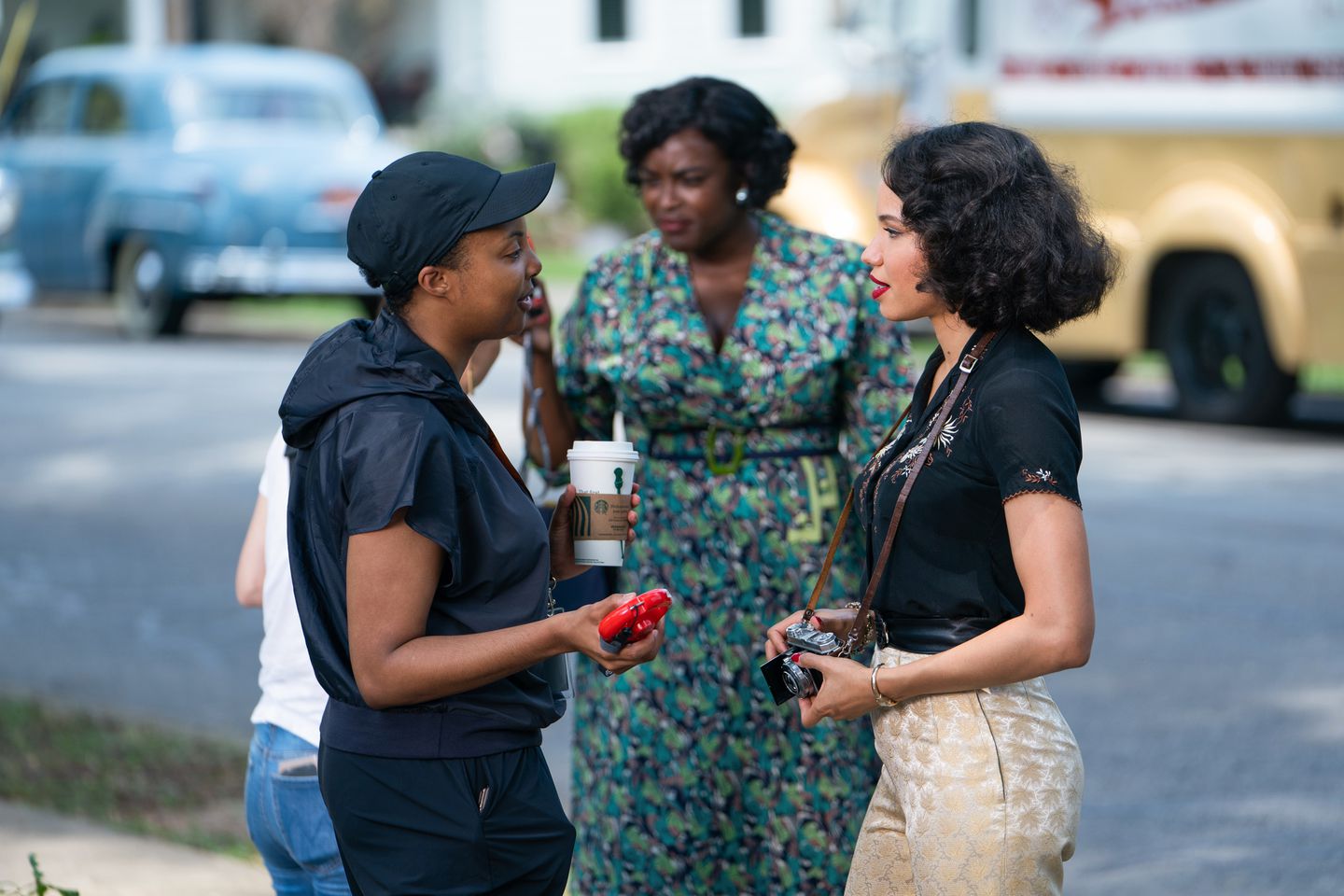
Within the last decade, representation has prompted a necessary undoing of anti-femme and anti-Black tropes on and behind the screen. The world of television encountered a seismic cultural shift with Shonda Rhimes’ ABC Thursday Takeover, where she owned the network’s primetime lineup with her three shows: Grey’s Anatomy, Scandal, and How To Get Away With Murder. This year alone, Black women have led the crusade for some of television’s biggest cultural phenomenons: Issa Rae (Insecure), Katori Hall (P-Valley), Lena Waithe (The Chi), Michaela Coel (I May Destroy You), and Lovecraft Country’s very own, [Misha] Green.
In a genre-bending series of spell-binding narratives, Lovecraft Country follows Atticus “Tic” Freeman (Jonathan Majors)– a young Black man– and his family lineage, as they travel across the segregated 1950s United States to find his missing father. What transpires is a dark, twisted fantasy inundated with even darker secrets that plague the family’s present and future existence.
Like most shows (and films) of this magnitude, Lovecraft Country was based on literature. Matt Ruff’s book of the same name is both a tribute and a subversion of H.P. Lovecraft’s work. Lovecraft was an acclaimed author of horror fiction, as well as a notable racist. The African-American fantasy writer N.K. Jemisin considered his racist attitudes to be a necessary evil for his literature when he said Lovecraft’s “biases were the basis of his horror.” These racist biases emerge as the show’s antagonistic ambience. How the show reimagines and honors survivors of racism is poetic justice.
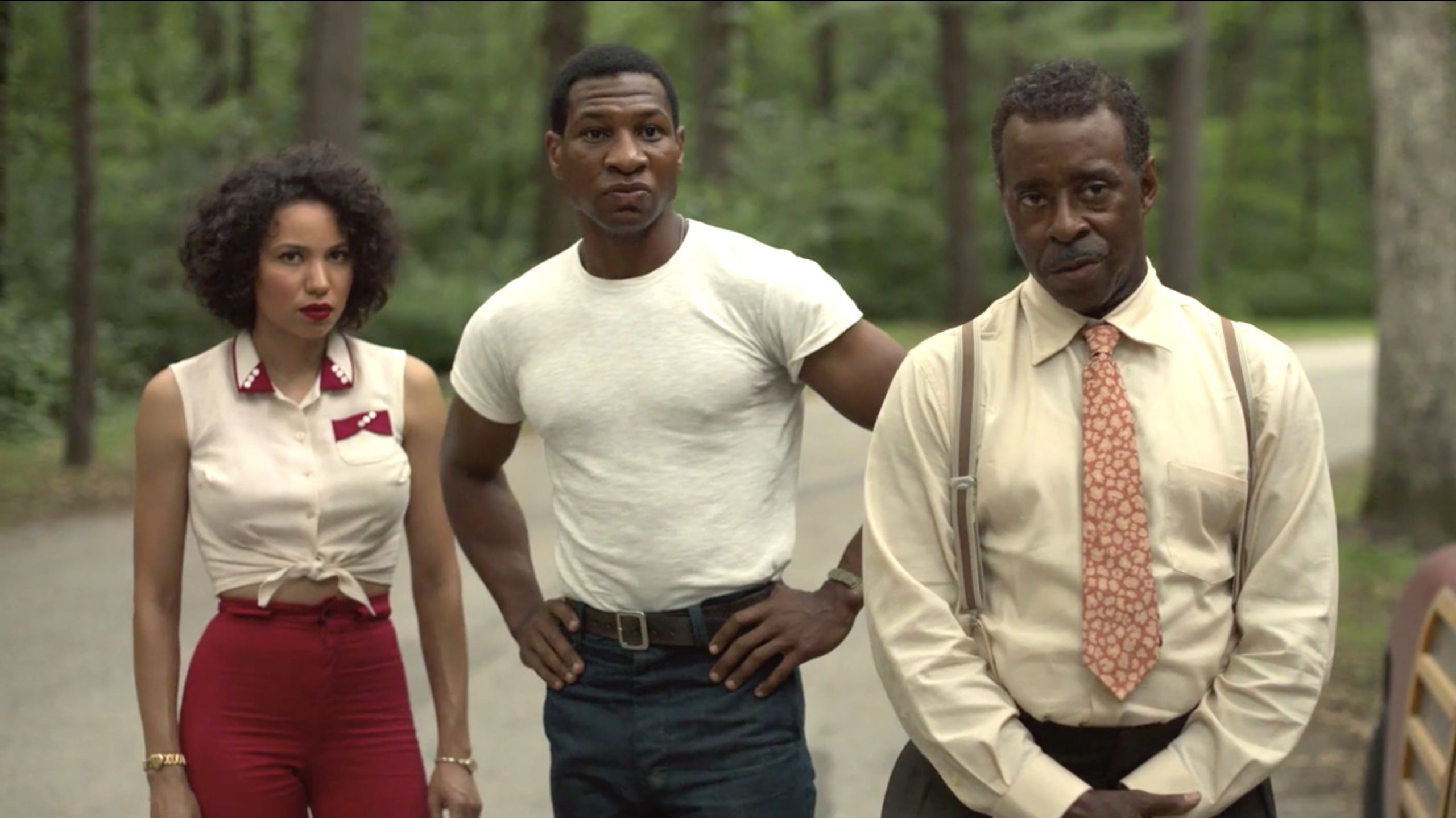
The Black experience is fantastical in a way that constantly makes you question whether or not it’s real life, making it the perfect landscape for a fantasy horror. Green’s reimagination brought those horrors to screen through the real life tropes and traumas of Black Americans. Killer Jigaboo characters. The 1921 Tulsa Race Riots. Sundown towns. Emmett Till. Despite the storybook monsters lurking around every corner of every scene, racism’s demonic hold always grounded the series in a somber reality. From the first episode, it was the inescapable element. That is the ingenuity of the series: it reimagines horror as something attainable and destructive as America’s truest sin.
Like most Black American families, the Freeman family origins arise from unimaginable trauma. As referenced in the series, their family was attacked and burned alive in the Tulsa Massacre of 1921– the real-life 35-city block massacre that resulted in over 1100 Black Americans injured and murdered. Thirty years later, the Freeman family has only four survivors: Atticus; his father, Montrose (Michael K. Williams); his uncle George (Courtney B. Vance); and his cousin and George’s daughter, Diana (Jada Harris).
On the series’ tear-jerking penultimate episode (“Rewind 1921”), Atticus, Montrose, and childhood friend, Leticia “Leti” Lewis time-travel back to that fateful day (Montrose for a second time) to obtain the Book of Names, which was lost during the violence inflicted upon Tic’s ancestors and other Black Tulsans during the massacre. From that episode emerged one of the most heartbreaking and heroic gestures ever captured on film, as it illuminated the sacrifice made by a sole ancestor in order to save the bloodline of Black people.
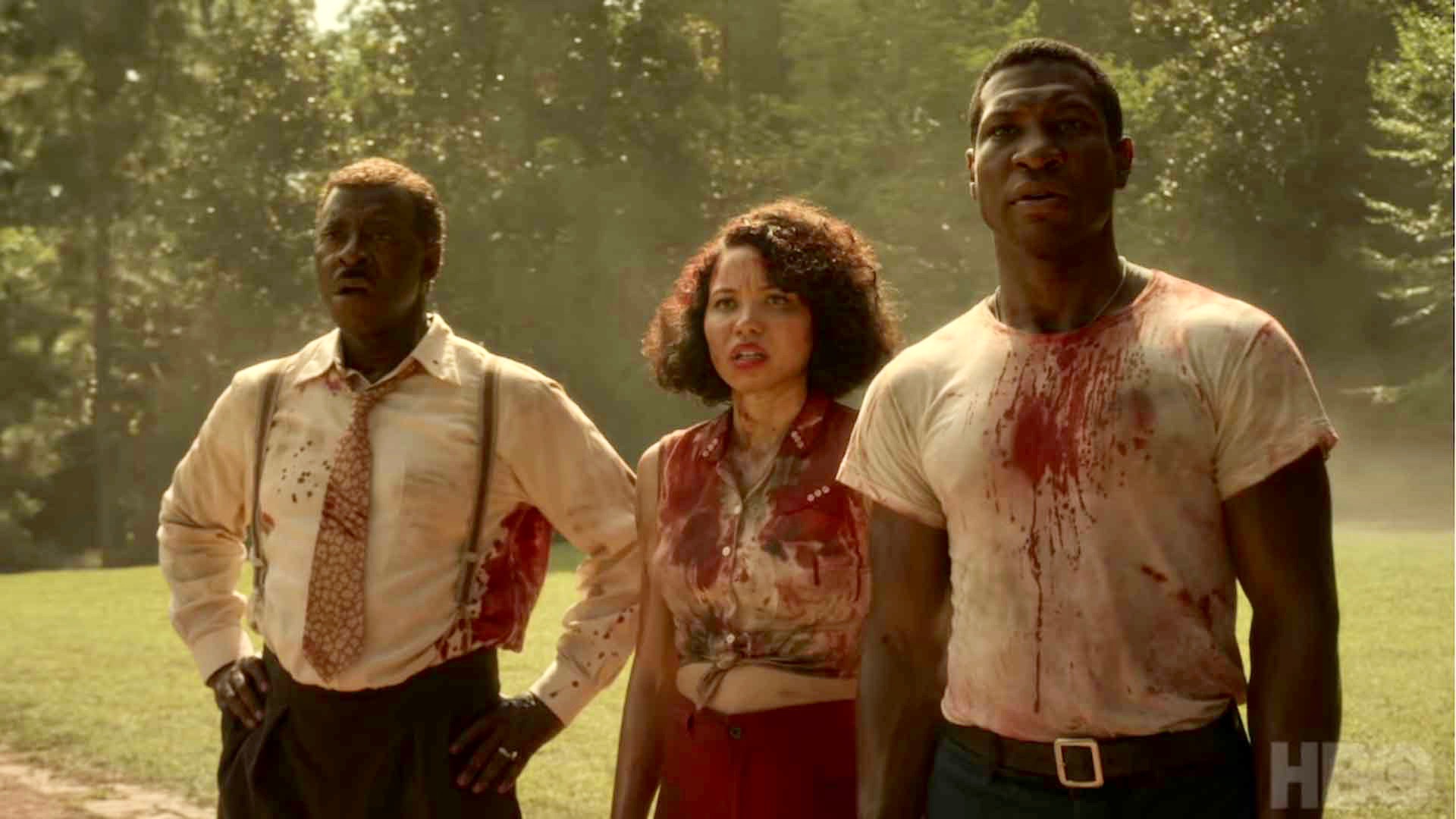
Despite the show’s weekly dose of horrors and terrors, endless measures are taken to reclaim the magic once stolen from the Freeman family– and all Black people, past and future. From the ashes of ancestors and generational traumas, the Freeman clan reimagine themselves as phoenixes, conquering society’s demons, as well as their own.
On episode 2 (“Whitey’s On The Moon”), Atticus escapes and destroys his own plantation with the help of his slave ancestor, Hannah. In the landmark third episode “Holy Ghost,” Leti channels the belly fire of a thousand church elders to exorcise the spirit of a white scientist who kidnapped, experimented, and killed Black people from her home. In a powerful love letter to Black women, episode 7 (“I Am”) reimagines a widowed Hippolyta (Aunjanue Ellis) as a limitless Black woman who is able to name herself as any and everything. In episode 5 (“Strange Case”), Montrose finally reclaims his sexuality after decades of suppression in one of the series’ most touching moments. The show’s work around reclamation and reimagination is revolutionary. It also leaves much to be desired for a reality under the thumb of white supremacist, homophobic, and sexist leadership.
But that’s the higher calling of art. It does not simply reflect reality, but reimagines it under new circumstances. Lovecraft Country offers one certainty: hope is not abundant. And it is made painfully clear through the series that sacrifice is a burden to be carried. However, while reimagination does not change the immutability of Black struggle, the series’ imaginative work is revealed through Black people’s attempt and success to reconcile a horrific past and reclaim power for a better future.
The first full season of Lovecraft Country is available to stream on HBO Max.
Read next:
